Rene Portocarrero (1912-1985)
We Perform Rene Portocarrero art authentication. Rene Portocarrero appraisal. Rene Portocarrero certificates of authenticity (COA). Rene Portocarrero analysis, research, scientific tests, full art authentications. We will help you sell your Rene Portocarrero or we will sell it for you.
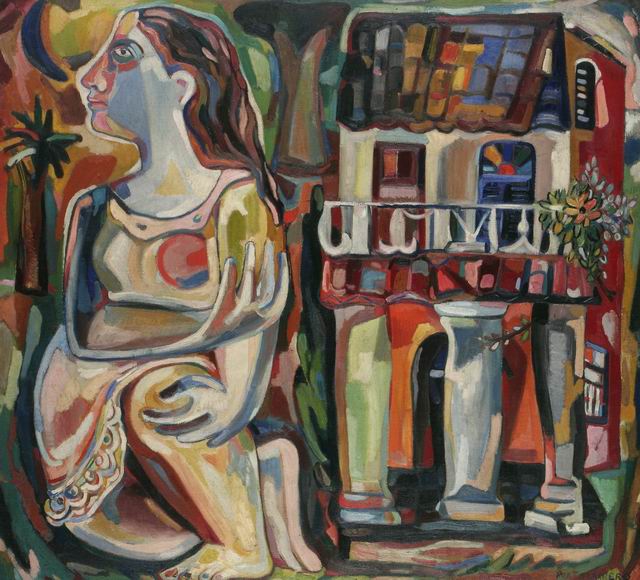
When Rene Portocarrero died in 1986, the result of an accidental kitchen fire, the New York Times described him as Cuba’s greatest modern painter. Born in Havana in 1912, Portocarrero’s talent for drawing was quickly recognized. During 1924-26 he briefly attended two arts academies but the formal classicism of the time irked him and he abandoned formal studies. He was essentially a self-taught artist.
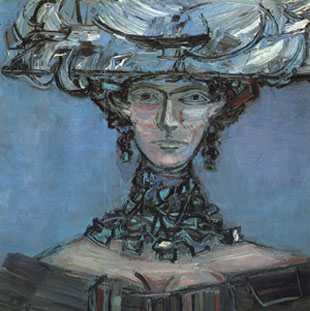
Portocarrero’s career was crammed with activity, social, artistic and political. He traveled widely but Havana was always his home and the life of Cuba his chief subject. Portocarrero showed his talent as an artist at a very young age, and enrolled at the San Alejandro Academy at the age of 14. He left before finishing his studies there because the institutionalized atmosphere did not agree with him, and he went to learn and work on his own. However, later on he went to teach at Eduardo Abela’s Painting and Sculpture Free Studios in 1939.
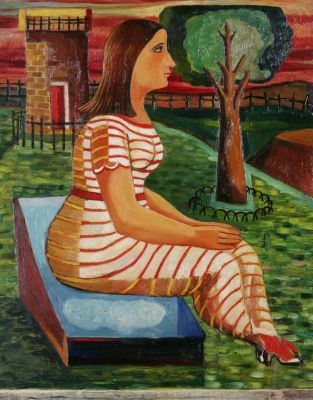
Portocarrero was a painter, printmaker, muralist and ceramacist. His murals adorn Havana Prison (1942) and the Havana Hilton (1957), among others. Nothing if not eclectic, Portocarrero flirted with numerous styles and influences. From his academic early work, to his Rivera-like Latino Modernism of the later 1930’s and simultaneous interest in Surrealism (he published two books of drawings in the late 30’s), he evolved a kind of semi-abstract Expressionism which echoes Picasso. Having said that, Portocarrero in fact produced paintings in a variety of styles right to the end. A Cuban website opined that “he has no idea of what he will work on until the brush strikes the canvas”, and they have a point. But behind the apparently random enthusiasm there is method and theme. Portocarrero returns again and again to religious and mythological subjects, to women and to Latin festivals.
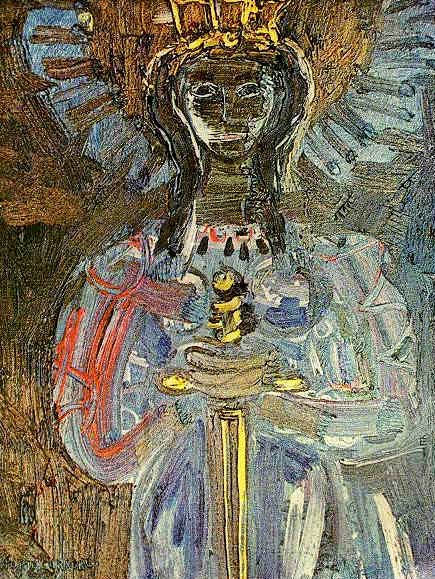
Cathedrals, witches and devils populate his oeuvre. His eclectic mélange of styles did merge into a familiar pattern in the later 1940’s, being a convoluted swirling mass of detail with one or more discernable figures or objects emerging from it. His still lives are also busy and crowded, often with a striking palette. They are explosions of flora. Compositionally they are very alike. The incendiary flowers are packed into the vase and fill the canvas to bursting point, arranged (if that’s not too strong a word) in a circular mass.
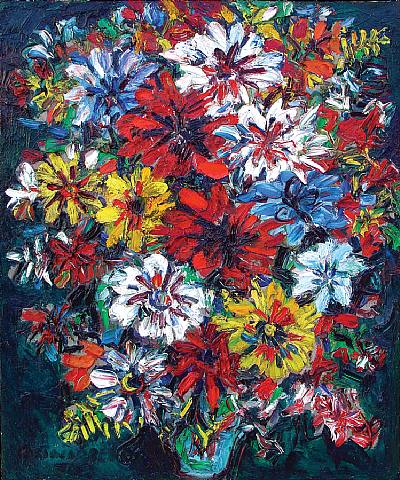
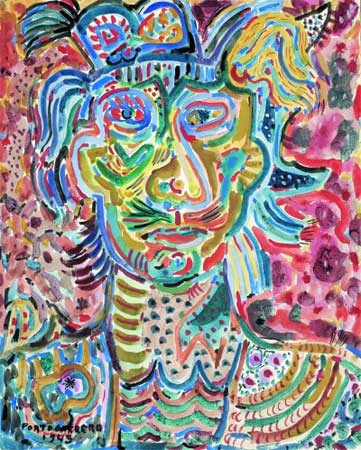
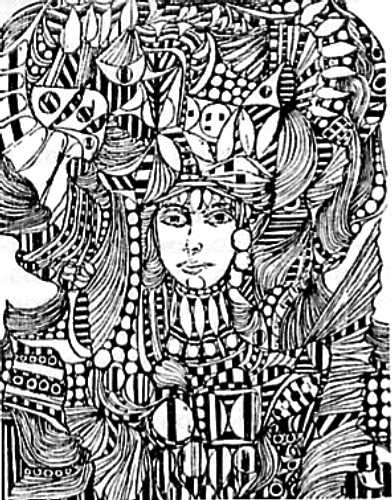
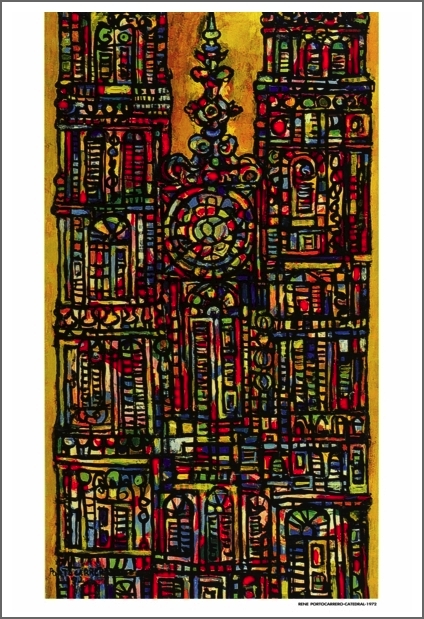
In 1962, Portocarrero held an exhibition called “Color of Cuba” which highlighted his works involving religious imagery. For this exhibition, and throughout his entire catalog, he would often use images of Santeria and other ornamentation, which stemmed from his travels through the Caribbean.
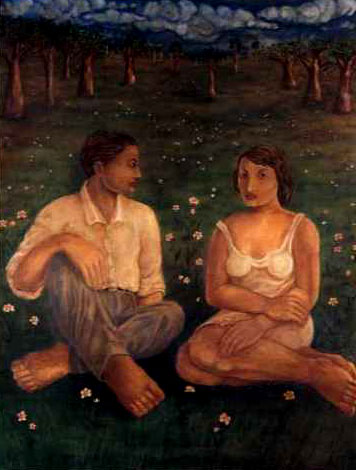
One of the most intriguing facts about Portocarrero is that he never knew what he was going to paint until his brush touched the canvas. The lack of planning in his compositions gave him an Expressionistic edge, but did not hurt his art in the least. His themes were often rich with feminine themes and hinted at cultural history. Portocarrero often painted in a mosaic-like style, and his portraits were often almost Cubist in nature. One such example is “Josephine Baker”.
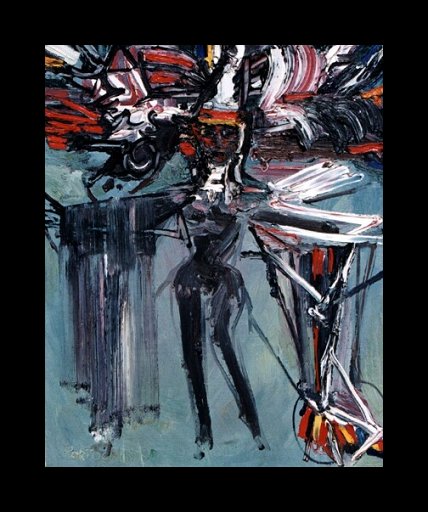
Portocarrero’s free-spirited style of painting led his work to be ever evolving. He did not stick with one particular style for too long, and worked heavily in Abstract art. Some of his more notable pieces are reminiscent of the work of M.C. Escher, and are very intricately crafted, such as “Gestaltica.” At a casual glance, one may only see swirls of bright colors and geometric shapes, but upon closer inspection, you will see eyes and a body within this composition.
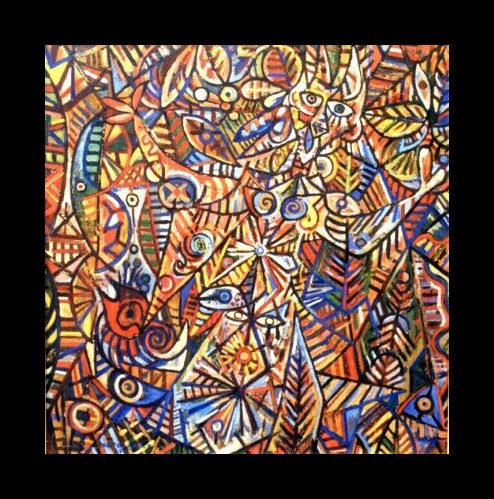
Like one of his contemporaries, Pablo Picasso, Portocarrero used the very prominent “African” nose in some of his sketches and paintings. This square nose is common in Cubist paintings, yet Portocarrero seems to have mastered the style on the same level as Picasso.
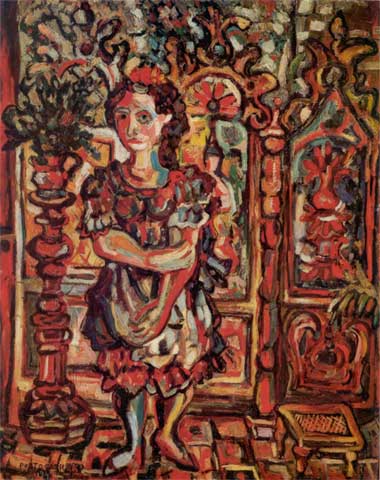
Also like Picasso, Portocarrero did many “linear’ or one-lined sketches. These were usually profiles of women or had Cuban heritage themes, and these sketches have a very distinct look. He would often incorporate birds, flowers and are highly ornamented. The majority of these sketches came from later in his career, such as “Rostro y Palomas”.
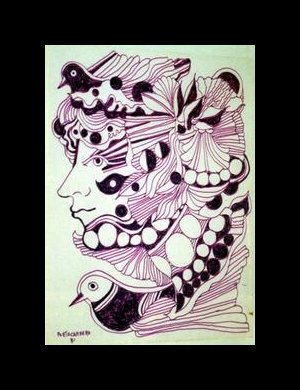
Portocarrero is remembered for his innovative use of color and his Caribbean themes. Today, his work is housed in San Francisco, New York, Sao Paulo, and many other museums world wide. Still wondering about a Cuban composition hanging in your home? Contact us…it could be by Rene Portocarrero.
